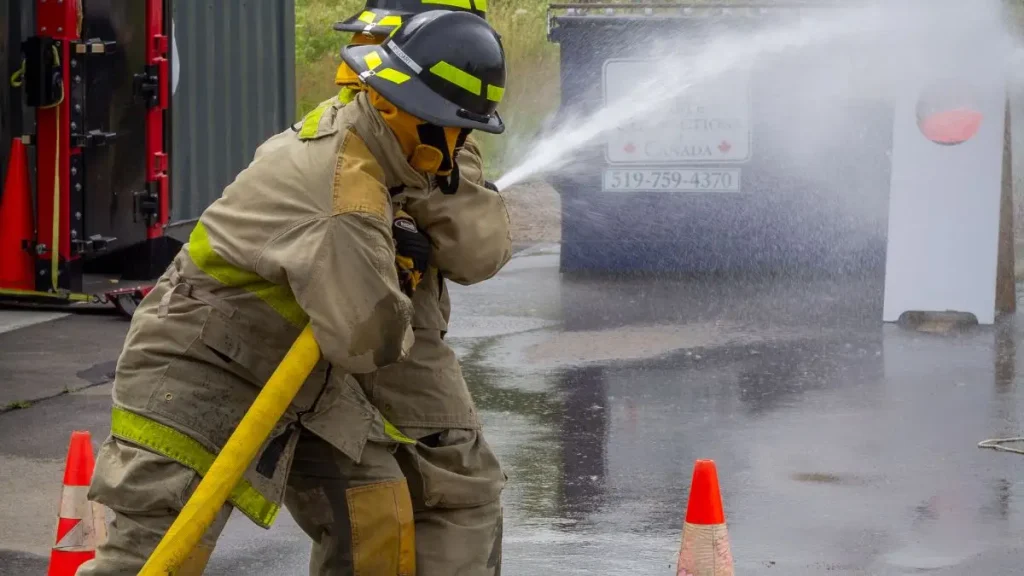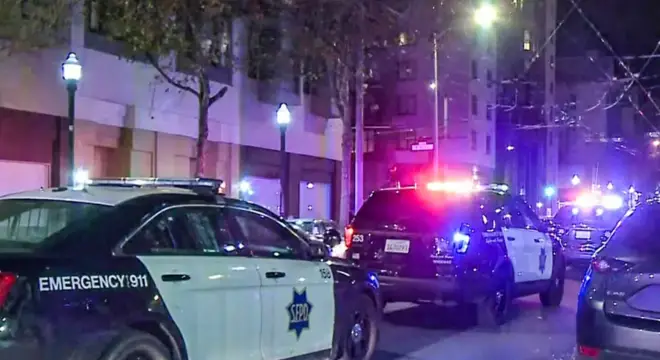Man Killed in Fire Outside Cumberland County Home, Officials Say
I still can’t get the image out of my mind—a home on Grahams Wood Road engulfed in flames, smoke curling into the sky, and the quiet horror that followed. On Wednesday afternoon, around 4 p.m., an 82-year-old man named Wayne Bryner lost his life in a fire that destroyed his home in Upper Frankford Township, Cumberland County.
According to the coroner, Wayne died from smoke inhalation and thermal burns. No one else was inside at the time, leaving a solitary tragedy that rippled through the small community. State police confirmed the details, and the fire marshal is still investigating, calling the cause “undetermined.”
As someone who has followed countless fire incidents, I can tell you that what strikes me most isn’t just the loss itself—it’s how sudden and absolute it can be. In a moment, a life, a home, and years of memories can vanish. And for you reading this, it’s a reminder: fire doesn’t announce itself, and preparedness can make a real difference.
Fire Response and Emergency Efforts
Reading the WGAL coverage, I could almost picture the chaos that unfolded that afternoon. Firefighters rushed to the home on Grahams Wood Road, confronting towering flames that engulfed the structure. State police confirmed that Wayne Bryner was the only person inside, which made the scene both tragic and strangely contained.
It takes an incredible level of coordination to respond to a blaze like this. Multiple emergency teams worked together, assessing the situation, securing the perimeter, and attempting to control the fire before it spread to nearby properties. You might not realize it, but every second counts in a fire, and these responders risked their lives to do their jobs.
What struck me most is the human effort behind the headlines. You often see photos of fire trucks or hear about “contained fires,” but the real story is in the hands, decisions, and courage of the people on the scene.
Similar situations have occurred in other communities, like when a home in North Bend was nearly wiped out after an explosion triggered a fire, highlighting the unpredictable nature of household accidents.
For anyone reading this, it’s a reminder that having a plan and knowing local emergency contacts can literally save lives.
Understanding the Cause: What We Know So Far

According to PennLive, the fire’s cause remains “undetermined.” That phrase might feel vague or unsatisfying, but in my years covering similar incidents, it usually reflects the early stage of a careful investigation. Fire marshals examine every angle—electrical wiring, heating systems, human error, or accidental ignition sources.
Older homes like Wayne’s can be especially vulnerable. Outdated electrical systems, unattended candles, or even a forgotten smoking material could turn into a deadly hazard. The unknown cause is a stark reminder that fires can start in ways we rarely expect. For you, the takeaway is clear: don’t wait for a warning sign. Take precautions now to reduce risk.
In some cases, even trained firefighters face hazards, as seen when a Detroit firefighter was injured while battling a house fire, reminding us that every fire carries risks beyond the flames themselves.
I’ve also seen how communities respond to “undetermined” causes. People speculate, fear spreads, and misinformation circulates. That’s why relying on trusted sources like PennLive or WGAL for updates is crucial—you want facts, not rumors, when it comes to safety.
Fire Safety Awareness: Lessons for Older Homes
I’ve learned over the years that older homes, while charming, carry hidden risks. From faulty wiring to missing smoke detectors, small oversights can escalate into catastrophic events. Wayne Bryner’s fire is a painful reminder that vigilance can never be underestimated.
For you, the first practical step is checking your smoke detectors and fire alarms. Make it a monthly habit, not an annual one. Inspect wiring, keep flammable materials away from heat sources, and consider installing modern fire suppression tools like small extinguishers in key rooms.
It’s also worth thinking about escape plans. In emergencies, panic can cloud judgment. Make sure everyone in your household knows at least two exit routes, and practice them. These small, proactive measures don’t just prevent property damage—they save lives.
Finally, older adults and their caregivers should pay extra attention. Fires often impact those who live alone or may have mobility challenges. Being prepared isn’t just responsible; it’s life-preserving.
If you want quick fire safety updates and tips in your daily life, some readers find short notifications via WhatsApp groups helpful—they share reminders, safety alerts, and awareness tips that can be lifesaving.
Key Takeaways and Safety Tips
After reading about Wayne Bryner’s fire, I couldn’t stop thinking about how fragile life can be. But it’s also a reminder that preparation gives you agency when disaster strikes. Small steps, like checking smoke detectors, clearing escape routes, and installing fire extinguishers, can make an enormous difference.
For you, this isn’t just about reading news—it’s about action. Walk through your home and ask yourself: Could I escape if flames broke out right now? Are alarms functional? Do all residents know the plan? These questions aren’t hypothetical—they’re practical life checks.
Finally, talk about fire safety openly with family and friends. Share tips, discuss hazards, and encourage others to check their homes. Tragedies like this are devastating, but spreading awareness is one way to turn loss into a preventive lesson.
Stories like the Colorado home fire under investigation show that preventive measures, inspections, and vigilance can truly reduce risk before tragedy strikes.
Final Thoughts: Reflecting on the Cumberland County Home Fire
Reading about Wayne Bryner’s tragedy hit me hard, and I can only imagine how the community feels. Fires like this remind us that life can change in an instant, and no one is truly prepared for the shock of losing a home—or worse, a loved one.
For you, the lesson is clear: fire safety isn’t optional. It’s not just about alarms and extinguishers—it’s about awareness, preparation, and small habits that could save a life. Walking through your home today, checking detectors, planning escape routes, and talking openly about safety isn’t overreacting—it’s responsible.
I also want to highlight the power of community. Sharing tips, supporting neighbors, and even posting safety reminders online can create ripple effects that protect others. Each action, no matter how small, counts.
Finally, I’ll leave you with a question: have you taken a moment this week to walk through your home and check fire safety? It’s simple, but in a moment of crisis, those small steps could make all the difference.
For more real-life fire safety stories and tips, check out our Home Incidents category to stay informed and prepared.
Disclaimer: The information in this article is based on reports from local reports and official sources at the time of writing. It is intended for informational and awareness purposes only and should not be considered legal, medical, or professional advice. Readers are encouraged to verify facts and follow official safety guidelines.


